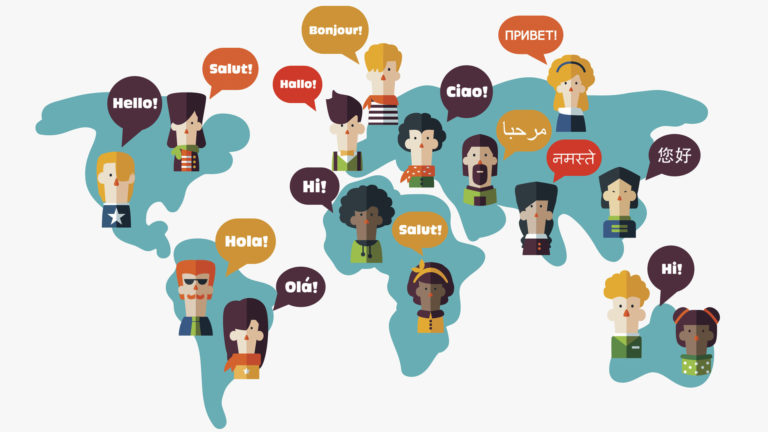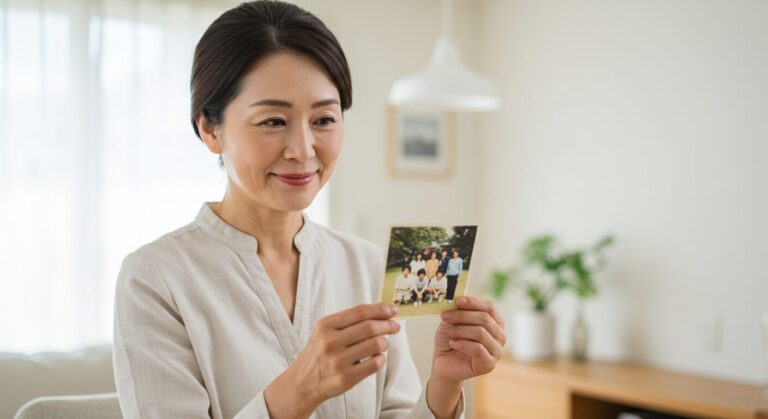2025-10-24 A Time Capsule for 2125
Lesson Overview:
- Target Audience: CEFR B1 Japanese Adults (Middle-aged/Older), Mixed returning/new.
- Time: 90 minutes
- Topic: Creating a time capsule to represent life in 2025.
- Main Goal: To enable students to confidently propose, discuss, and justify the inclusion of items in a time capsule, using B1-level vocabulary and discussion strategies for collaboration.
Learning Objectives:
By the end of this lesson, students will be able to:
- Propose items to represent current-day life for a future audience.
- Justify their choices using phrases of opinion and importance.
- Use target vocabulary related to preservation and significance in a discussion.
- Collaborate with a group to agree on a final list of items and present their ideas.
Target Language:
- Focus: Vocabulary for describing significance, phrases for justification, and collaborative discussion.
- Phrases/Vocabulary:
- represent (v.): to be a sign or symbol of something. (e.g., “A smartphone represents our communication style.”)
- preserve (v.): to keep something safe for a long time. (e.g., “We need to preserve this photo carefully.”)
- significant (adj.): important or meaningful. (e.g., “This is a significant event in our history.”)
- a snapshot of… (phrase): a view of what something was like at a particular time. (e.g., “This magazine gives a snapshot of 2025 fashion.”)
- It’s essential to include… because… (phrase): A useful way to justify a choice strongly.
Materials:
- Whiteboard & Markers
- Projector & Computer
- Obsidian Slides (see outline below)
- Handouts: “Our Group’s Time Capsule” planning sheet (1 per group)
- Small pieces of paper & pens for Exit Tickets
Lesson Procedure:
1. Getting Started (Warm-up) (10 minutes):
- Purpose: To activate students’ schemas about the future and introduce the theme in a light-hearted way.
- Activity: Think, Pair, Share
- Display the warm-up question on a slide: “Imagine it’s the year 2125. What is ONE thing about daily life that you think will be very different?”
- Give students 1 minute to think alone.
- In pairs, have them share their ideas for 3-4 minutes.
- Briefly ask a few students to share an interesting idea they heard from their partner with the whole class.
- CCQs:
- “Are you talking about the past or the future?” (The future)
- “How many different things should you talk about with your partner?” (Just one main idea each)
- “Will you share your idea or your partner’s idea with the class?” (Your partner’s idea)
2. Introducing the Topic/Language Focus (15 minutes):
- Purpose: To introduce the concept of a time capsule and the target B1 vocabulary.
- Activity: Guided Introduction & Vocabulary Preview
- Use the slides to introduce the concept of a “Time Capsule.” Ask if anyone has heard of it before. Explain it’s a container with items from today for people in the future to find.
- Introduce the target vocabulary:
represent,preserve,significant, and the phrasea snapshot of.... - For each word/phrase, show the definition and an example sentence. Drill pronunciation.
- Model the core task: “I would include a public transportation pass. It’s significant because it represents how we travel in the city and I want to preserve this memory.”
- CCQs:
- “If I say a flag represents a country, what does that mean?” (It’s a symbol of the country.)
- “If we want to preserve a letter for 100 years, should we be careful with it?” (Yes.)
- “For the time capsule, should we choose boring items or significant items?” (Significant items.)
3. Let’s Talk! (Main Activities) (50 minutes):
- Purpose: To provide structured and collaborative practice using the target language in a communicative context.
- Activity 1: Mingling – My First Idea (20 minutes)
- Ask students to individually think of ONE item they would put in the time capsule. Give them 2 minutes to think and make a note.
- Instruct students to stand up and mingle. Their goal is to share their item and its significance with at least four different classmates. They should also listen for an idea they find interesting.
- Encourage them to use phrases like: “I would include a…”, “It represents…”, “I think it’s significant because…”
- After about 15 minutes, have students return to their seats and briefly share one interesting idea they heard from someone else.
- CCQs:
- “Are you working in groups or alone?” (Alone, but talking to many people.)
- “How many people should you talk to?” (At least four.)
- “What should you explain about your item?” (What it is and why it’s significant.)
- Activity 2: Group Collaboration – Our Top 5 Items (30 minutes)
- Put students into small groups of 3-4.
- Give each group the “Our Group’s Time Capsule” handout.
- Explain the task: As a group, they must discuss all their ideas and agree on a final list of FIVE items for their capsule. They must write the item and a short reason why it is significant on the handout.
- Tell them that at the end, one person from their group will briefly present their list to the class.
- Circulate to monitor, facilitate, and take notes for delayed error correction.
- CCQs:
- “How many items should your group choose for the final list?” (Five.)
- “Do you need to agree as a group?” (Yes.)
- “What should you write on the handout?” (The item and the reason.)
4. Wrapping Up (Review & Feedback) (15 minutes):
- Purpose: Consolidate learning, allow for sharing, apply error correction, and gather feedback.
- Activities:
- Group Presentations (7 mins): Ask one person from each group to stand and present their final list of 5 items, giving a brief reason for one or two of them. Keep this quick and positive.
- Error Correction Slot (5 mins): On the whiteboard, write down 3-4 anonymized sentences with common errors you heard (especially related to target language). Ask the class to correct them together.
- Final Q&A (1 min): Ask if there are any final questions.
- Exit Ticket (2 mins): Distribute the exit ticket slips for students to complete before they leave.
Instructor Guidance & Notes:
- Error Correction Strategy: During mingling and group work, listen for errors in the use of target vocabulary (e.g., “It represents of our life” -> “It represents our life”) and justification phrases. Use these for the delayed correction slot.
- Cultural Sensitivity: This topic is positive and reflective. Encourage students to respect all ideas. The goal is collaboration, not debate.
- Flexibility: If the mingling activity is very energetic, allow a few extra minutes. If groups decide quickly, encourage them to add more detail to their reasons.
- Differentiation: For potentially weaker students, encourage them to choose very concrete items (a coin, a menu). To challenge stronger students, suggest they think of more abstract things, like a sound recording (traffic, birdsong) or a digital file (a popular song, a social media page).
- Student Focus: This lesson structure provides mingling, a clear structured goal, a thoughtful topic, and a final presentation.
Suggested Supporting Materials Content:
Handout Content: “Our Group’s Time Capsule”
(A simple A4 sheet with the following layout)
Our Group’s Time Capsule: The Final 5 Items for 2125
Group Members: _____________
Instructions: Discuss your ideas and agree on five significant items to put in our time capsule. Write the item and a brief reason why it’s important.
- Item: _____________
Reason it’s significant: _____________ - Item: _____________
Reason it’s significant: _____________ - Item: _____________
Reason it’s significant: _____________ - Item: _____________
Reason it’s significant: _____________ - Item: _____________
Reason it’s significant: _____________







